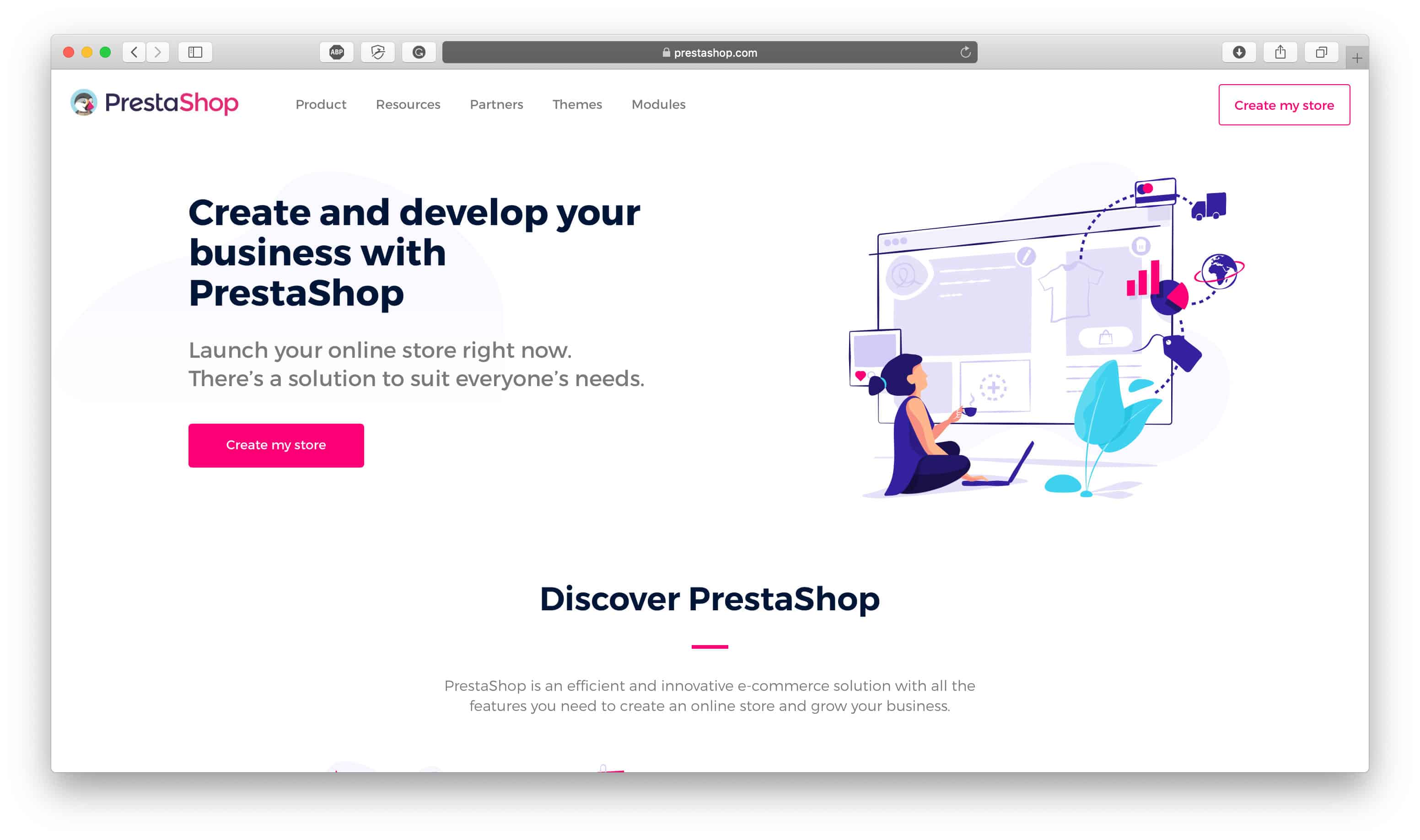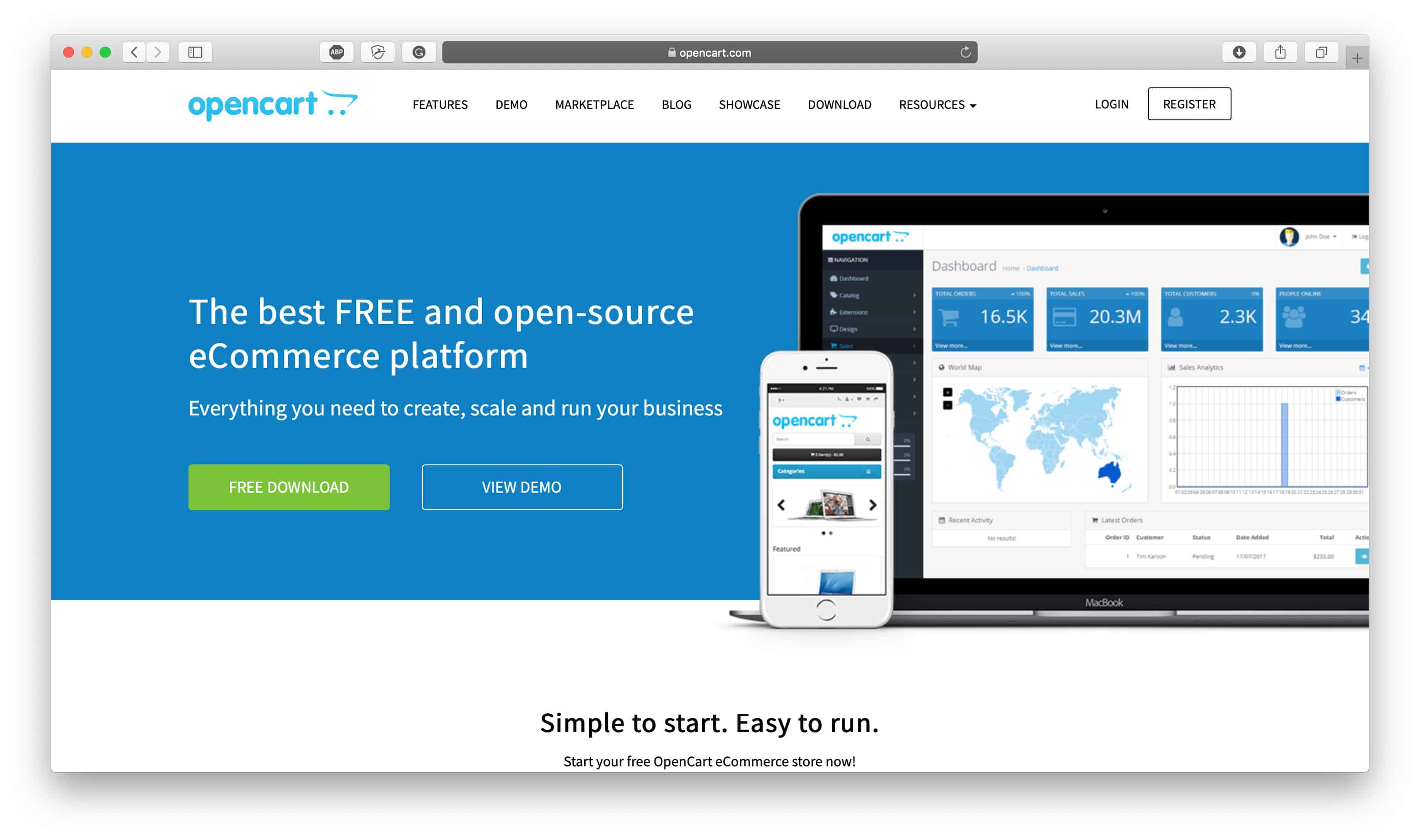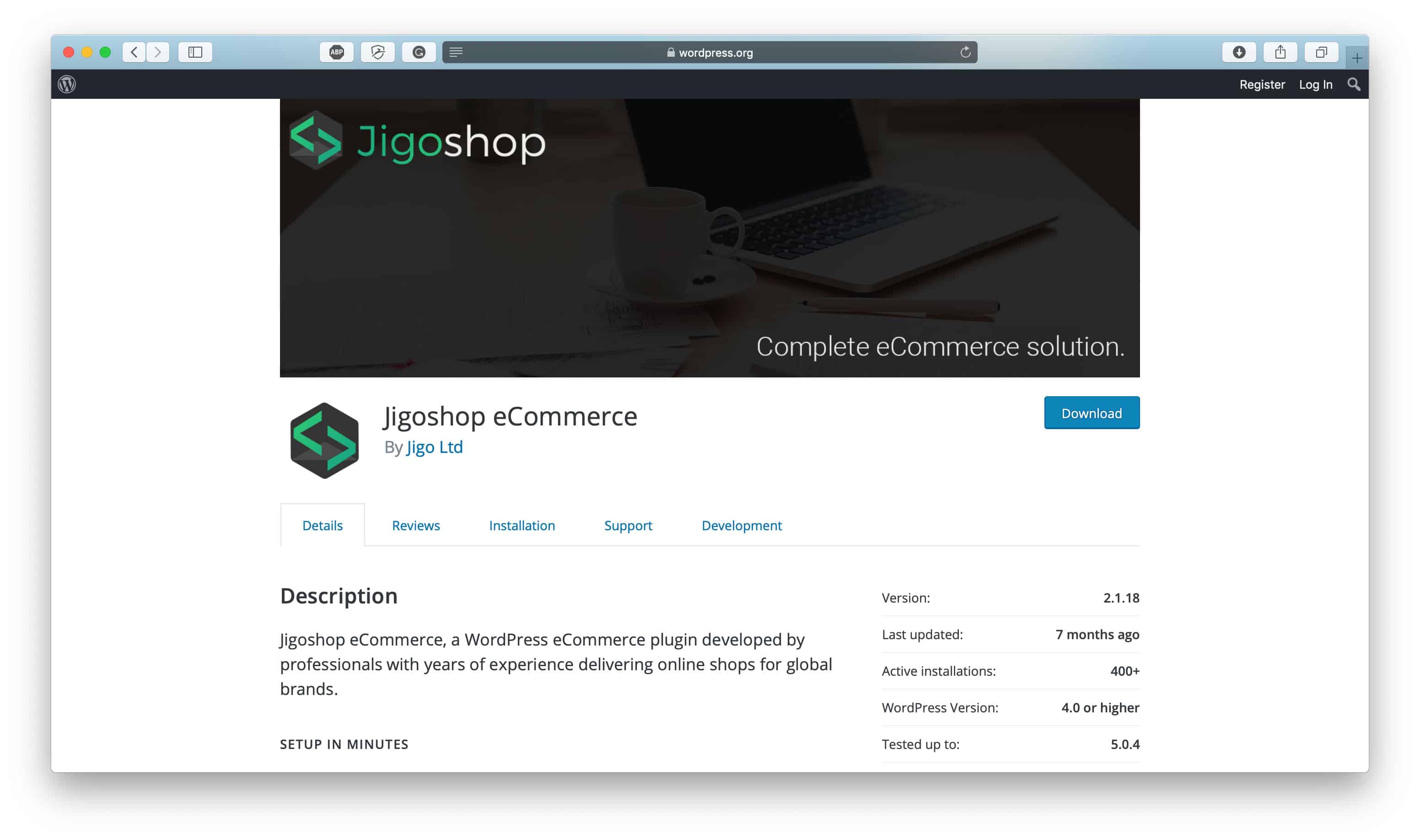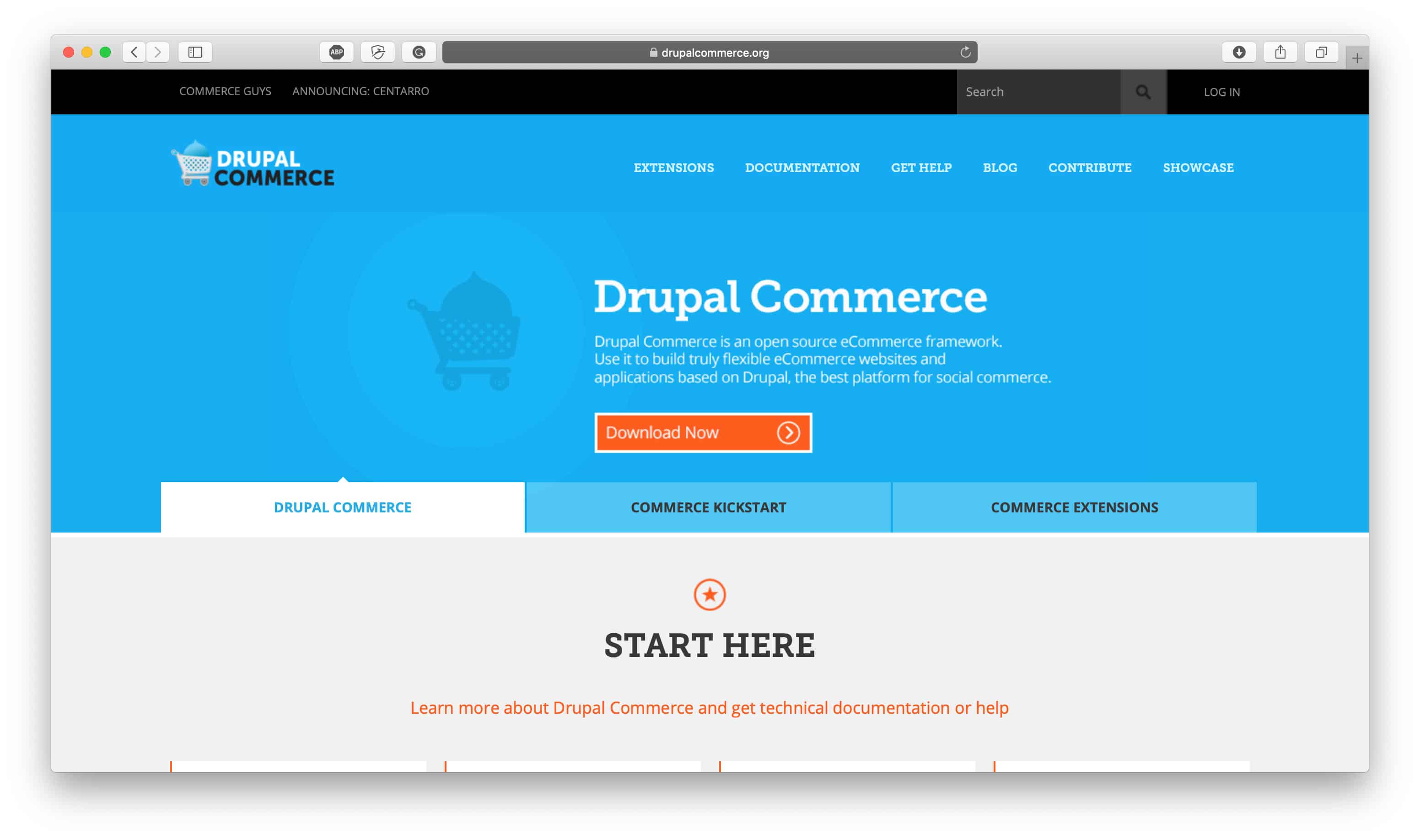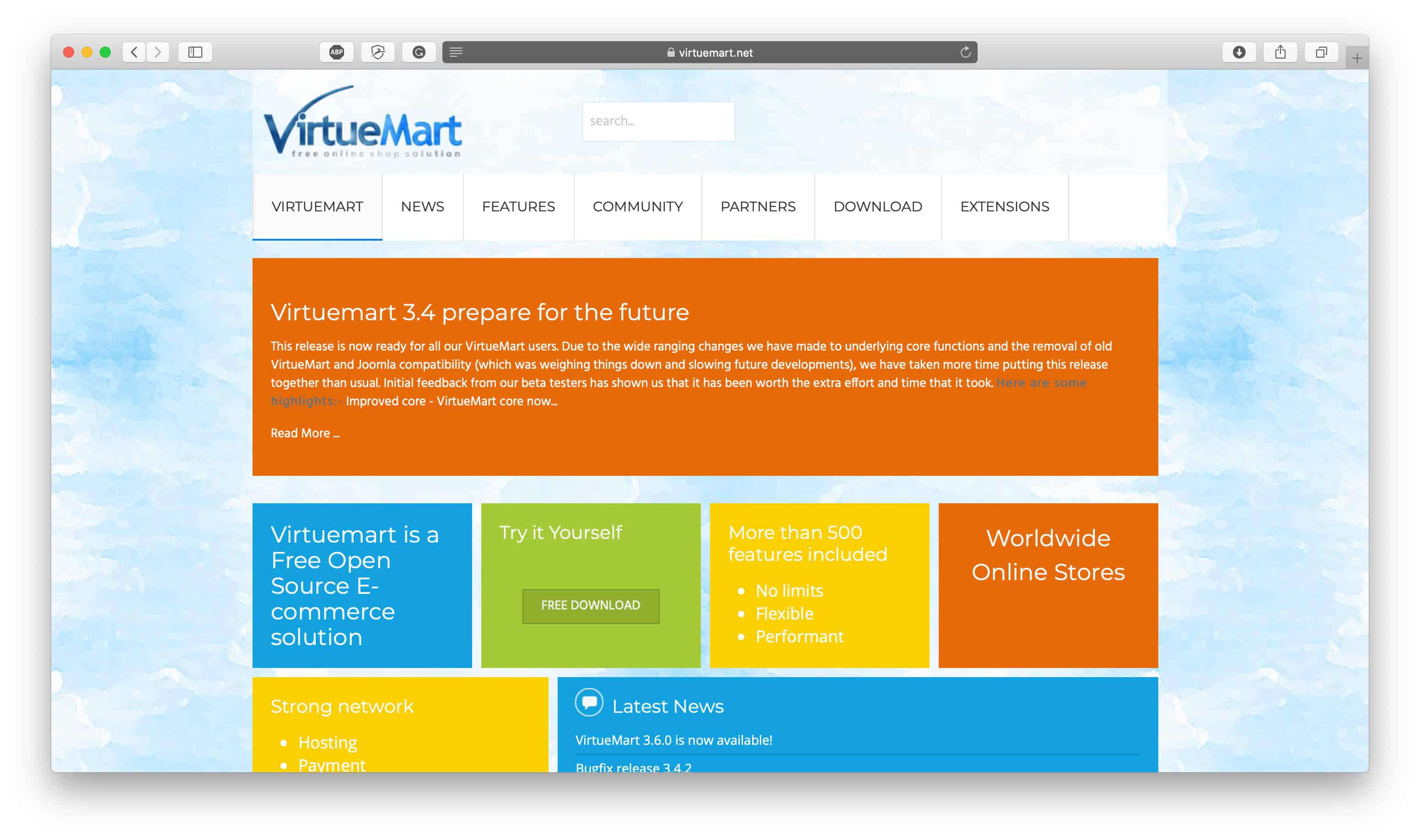
12 Open-Source Ecommerce Platforms You Should Consider for Your Online Store
You may be a small business, a pop-up, or a corporation selling your products online. Either way, it may be worth your while using open-source ecommerce platforms.
Why?
Well, utilizing such platforms is free.
So with the right know-how, you’ll save yourself a pretty penny or two. You’ll also have greater control over your digital presence as well as how your products are sold online. So, if you’re tech-savvy and can handle HTML and CSS, you can roll this out yourself.
Alternatively, you can outsource someone to do it for you. There are hundreds of web developers out there who would happily bring your vision to life.
But there are masses of open-source ecommerce solutions, so it can be tough to choose which to go for.
In light of this, we’re taking a look at several open-source platforms in this article to make the decision easier for you. So let’s dive right in!
Best Open-Source Ecommerce Platforms #1: WooCommerce/WordPress
No article about open-source platforms would be complete without mentioning WooCommerce. WooCommerce is centered on WordPress and is completely customizable. Given that WordPress runs 26% of the web, we can see why WooCommerce has been downloaded over 15 million times!
Since customization is unrestricted, there are plenty of free themes to choose from on the WooCommerce store and you can also buy add-ons. There are also several payment gateways at your disposal, including PayPal, Stripe, and Amazon Pay.
WooCommerce is a WordPress plugin, so you’ll have to host your website using WordPress first, and then install WooCommerce. We recommend hosting your WordPress website with Kinsta, check out our Kinsta Review to learn more about why.
Customers using the WooCommerce/WordPress open-source ecommerce platform include Ripley’s Believe It or Not, Subaru, Singer, Fjallraven, and Duracell so you’ll be in good company!
Best Open-Source Ecommerce Platforms #2: Magento Community Edition
Magento Community Edition is an open-source ecommerce platform has more than 200,000 users and are one of the most popular ecommerce platforms in today’s market. To get started you can try out the free demo before downloading and check out the valuable resource library where you’ll find plenty of tools designed to help you grow both your business and online following.
Magento has several real-life case studies illustrating how customers have used their platform to grow their business. For example, Sleep Outfitters increased their organic traffic by 56% and Shoebacca grew their revenue 15x in just three years!
Some users prefer Magento’s Mid-Market & Enterprise version, which is a paid-for option but if you’re committed to using a free platform then Magento’s Community Edition open-source solution could be the best option for you.
Best Open-Source Ecommerce Platforms #3: PrestaShop
More than 300,000 stores use PrestaShop which comprises of more than 850,000 customers and members. You can customize your store, manage your product orders and customer relationships, and share content on all the social platforms you use. It’s also possible to sell across the world in different languages.
You can also access paid-for modules to add to your software. Keep an eye on these because from time to time they’re sold at discounted prices!
PrestaShop also offers customized templates that are neatly categorized depending on the type of business you have. If you’re unsure how to get going, you can buy training modules that talk you through. These are pegged at different ability levels so it shouldn’t matter whether you’re a beginner or more advanced—you should be able to access the help you need.
It’s a popular platform which has won quite a few awards in its time including the 2013 BSOCO Award in the CMS category and the 2013 Open Source Shopping Cart Software by EcommerceBytes Seller’s Choice Awards.
It doesn’t take lots of experience to install the plugin and start creating your online store. The user interface is friendly and inventory management is easy. Not to mention, PrestaShop offers 75 languages, so international selling should be a breeze!
PrestaShop’s clients include La Redoute, Zippo lighters, and Timefy so again, you’ll be in good company should you choose to use their service.
Best Open-Source Ecommerce Platforms #4: OpenCart
Almost 600,000 ecommerce stores use OpenCart and nearly 5,000 of these are in the top million sites on Alexa.com.
That’s quite an achievement!
Most users are in the US, but this solution is multilingual and allows users to operate using multiple currencies and provides a variety of shipping choices.
Not only is OpenCart free, but its community is incredibly active and helpful. Just post any problems you’re having in the forum, and you should receive a useful response.
Plus, there are plenty of free themes you can choose from. These come in handy for kickstarting the design of your ecommerce store. But, there are also plenty of add ons you can pay for if you don’t fancy coding these features yourself.
So who uses OpenCart? Fashopper, Cilantro, British Red Cross, Mi-Mi Store, Bri, and many more.
Best Open-Source Ecommerce Platforms #5: X-Cart
More than 38,000 stores have used X-Cart to create their online shops. You can run it from your own server or it works on any kind of web hosting—even a shared one.
There’s also an active community brimming with developers and industry professionals, so if you run into trouble, you should be able to access the help you need.
X-Cart is often thought to be one of the fastest platforms out there, with lots of features to choose from. Depending on which of their packages you opt for, you can get support in different languages and accept various currencies. You can also integrate your store to access and use several payment gateways, including Sage and PayPal.
But, there are costs involved. You have to pay for customer support or rely on self-help tools on their website if you don’t want to pay extra. But, there are no transaction fees—yay! You should note, however, that upgrading to access all their features can be expensive, starting at a lifetime package priced at $495.
Clients of X-Cart include La Mer Collections and Goat Milk Stuff.
Best Open-Source Ecommerce Platforms #6: ZenCart
ZenCart reassures its customers that you don’t need to be a developer to use it, it’s that simple to use! There’s a comprehensive user manual you can access and lots of features to choose from to make opening and running your own store a breeze. The ZenCart community is also a lively one with more than 150,000 members.
Customers can also access free tutorials on how to set up their store. There are multilingual options so you can sell internationally too, but there’s no dedicated support—you’d have to make your own way or hire someone else to deal with any issues that arise.
Customers of ZenCart include the US Armorment and The Hobby Shop.
Best Open-Source Ecommerce Platforms #7: SpreeCommerce
SpreeCommerce is built on Ruby on Rails which makes developer tasks much more straightforward. Websites created using Ruby on Rails include Airbnb, Shopify, and Square payment processor.
Almost 50,000 stores are using SpreeCommerce. It’s free, with a large and active developer community, plus, not to mention that visually, it’s very appealing.
It’s not necessarily a platform for beginners unless you can afford to enlist the help of a developer or coding expert to assist you.
Customers of SpreeCommerce include Chipotle, MeUndies, Everlane, GoDaddy, and Fortnum & Mason.
Best Open-Source Ecommerce Platforms #8: JigoShop
JigoShop is another WordPress-based ecommerce platform. Downloaded more than half a million times, we had to include it on the list! It’s a predecessor to WooCommerce and has fewer themes than Woo, but it’s still prevalent. It’s easy to navigate, but community support isn’t free. They also charge for their templates—apart from Simply Jigoshop, which comes as standard.
You can also buy add-ons and plugins to extend its functionality. Not to mention, it’s speedy—you can add products to your store within minutes! Its interface is easy to use, especially for beginners or someone with intermediate experience.
There’s also a big selection of paid-for themes—more than the majority of other platforms. Plus, you get a 14-day money-back guarantee, so if you don’t like the template you’ve selected, you’re not stuck with it!
JigoShop offers different support packages tailored to the size of your business. There are around 40 free extensions, including Pinterest. JigoShop has also recently been redeveloped to make it faster. But, if you want community support, you have to pay for it. You do, however, get access to the blog posts and forums which can be helpful enough.
As for the disadvantages of JigoShop, this open-source ecommerce platform isn’t as easy to navigate as other options on this list, and its free themes certainly aren’t as easy to find.
Nordic Appeal and Echoes of Opal are examples of ecommerce businesses that use JigoShop.
Best Open-Source Ecommerce Platforms #9: Drupal Commerce
Drupal Commerce is one of the most comprehensive platforms out there. It is multilingual and offers multiple currency options, which come in handy for selling products overseas. It integrates with many third-party applications and comes with a nifty content management system.
Drupal is a close competitor of WordPress and also has big clients so it almost goes without saying that Drupal powers a lot of the internet!
You should note: Drupal Commerce is a separate module from Drupal. So, if you’re looking for a simple solution for you to build your store quickly, Drupal Commerce is the plugin for you.
You have to pay to receive assistance from Drupal’s dedicated customer support team (just like the majority of the other open-source ecommerce platforms we’ve covered in this list), however, there’s a big community where you can get support from forums. Not to mention their blog posts and Drupal’s social media pages which are in addition to a helpful video library and a handy user guide.
But despite all that, it’s still very much so a site for developers. So, if you don’t boast any coding skills, you’ll need someone with a little more experience to set things up and manage them for you.
As for the platform’s major advantages, there’s built-in caching, making it faster than its competitors, and it has its own inbuilt security system. However, none of this comes cheap, which may be why the more prominent brands shell out to use it.
Clients of Drupal Commerce include NASA, US Department of Energy, Lush Cosmetics, Royal Meteorologist Society, and Cartier Jewelers.
Best Open-Source Ecommerce Platforms #10: WPeCommerce
WPeCommerce is another WordPress plugin (WordPress didn’t make it) but you’ll still need to download WordPress in order to use it. The plugin has been downloaded more than three million times and claims to be the “original” ecommerce solution for WordPress users. More than 36,000 stores utilize this ecommerce function!
The coding also isn’t too difficult for users comfortable with CMS and HTML, which is a bonus. If you need extra support, you’ll have to pay but, again, there’s an active community of users who are usually willing to help with FAQs.
It supports lots of different payment methods—around 12 in total—but there aren’t as many add-ons as other platforms. They can put you in touch with their own network of WordPress developers if you need expert help. There are also video tutorials over on their site.
A few years ago, they partnered with PayPal to make purchasing even more straightforward for your clients. There’s also ProPay, and WorldPay to choose from.
Clients of WPeCommerce include MollyMeg.
Best Open-Source Ecommerce Platforms #11: CubeCart
CubeCart is a British-owned ecommerce platform. It’s popular in both the US, the UK, as well as other parts of the world.
CubeCart puts lots of emphasis on pre-made templates, so you can be confident that your online store will look beautiful on all manner of devices. Best of all, it’s free and totally customizable. You can try it out free of charge for 14-days, and there is developer-led support available throughout. Payment options include Stripe, WorldPay, PayPal, and Sage.
There’s also customer support—tens of thousands of customers use it—and it’s easy to set up and intuitive to use. It boasts that it’s “actively developed on a daily basis.” There’s a thriving forum community as well as support from very experienced staff but the support is all online, not phone-based.
CubeCart is mostly set up for smaller-scale enterprises and users are quoted on their site saying how easy it is to utilize and how quick it is to set up.
Best Open-Source Ecommerce Platforms #12: VirtueMart
VirtueMart is a German company that has been around since 2004. This platform has thousands of users—almost 350,000, in fact—and has stores around the world using it, although most stores are based either in the US or Russia.
There’s an excellent online developer community with more than 300,000 active developers using their forums. Not to mention, you can also peruse through their user manual and online tutorials for any additional help needed.
The platform isn’t designed for beginners in mind and you will need developer help who understands Joomla Content Management Systems (CMS), and PHP software. There are lots of plugins and add ons, but they will cost you and could end up being costly if you aren’t careful.
Conclusion
We can’t recommend any one of these open-source ecommerce platforms above another, but hope you now know more information in order to make a more informed choice.
The advantages of using open-source ecommerce platforms are that—as we’ve already said—they are free, you often get to have more control over the creative design and how your store works and you can control hosting, plugins and themes for your stores. Also, open-source systems are basically built by a community that is developer-friendly with great support from other developers.
The downside is that these ecommerce platforms really are for developers so you need to be prepared to either learning code and web development techniques or pay someone who can. Also, you’ll need to do all your own site maintenance and some platforms don’t have built-in security. Lastly, but importantly, there isn’t always dedicated support unless you pay for it.



